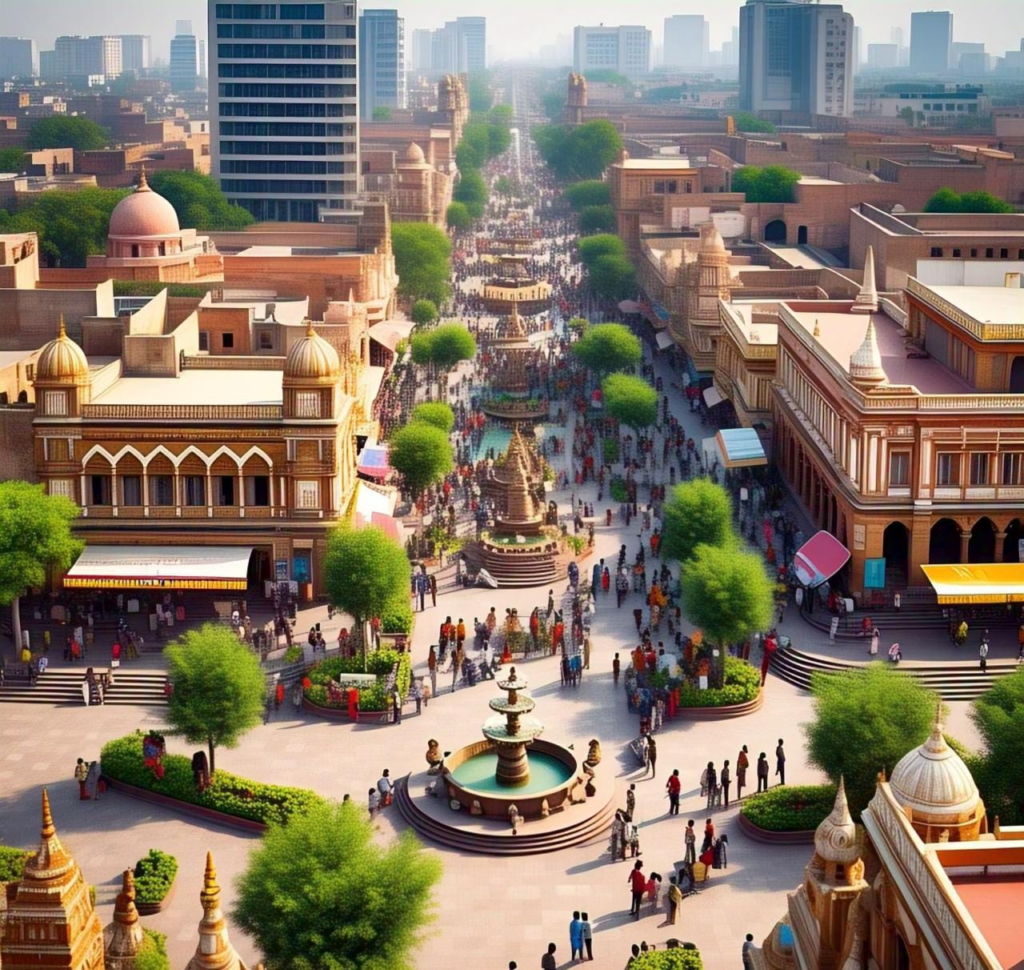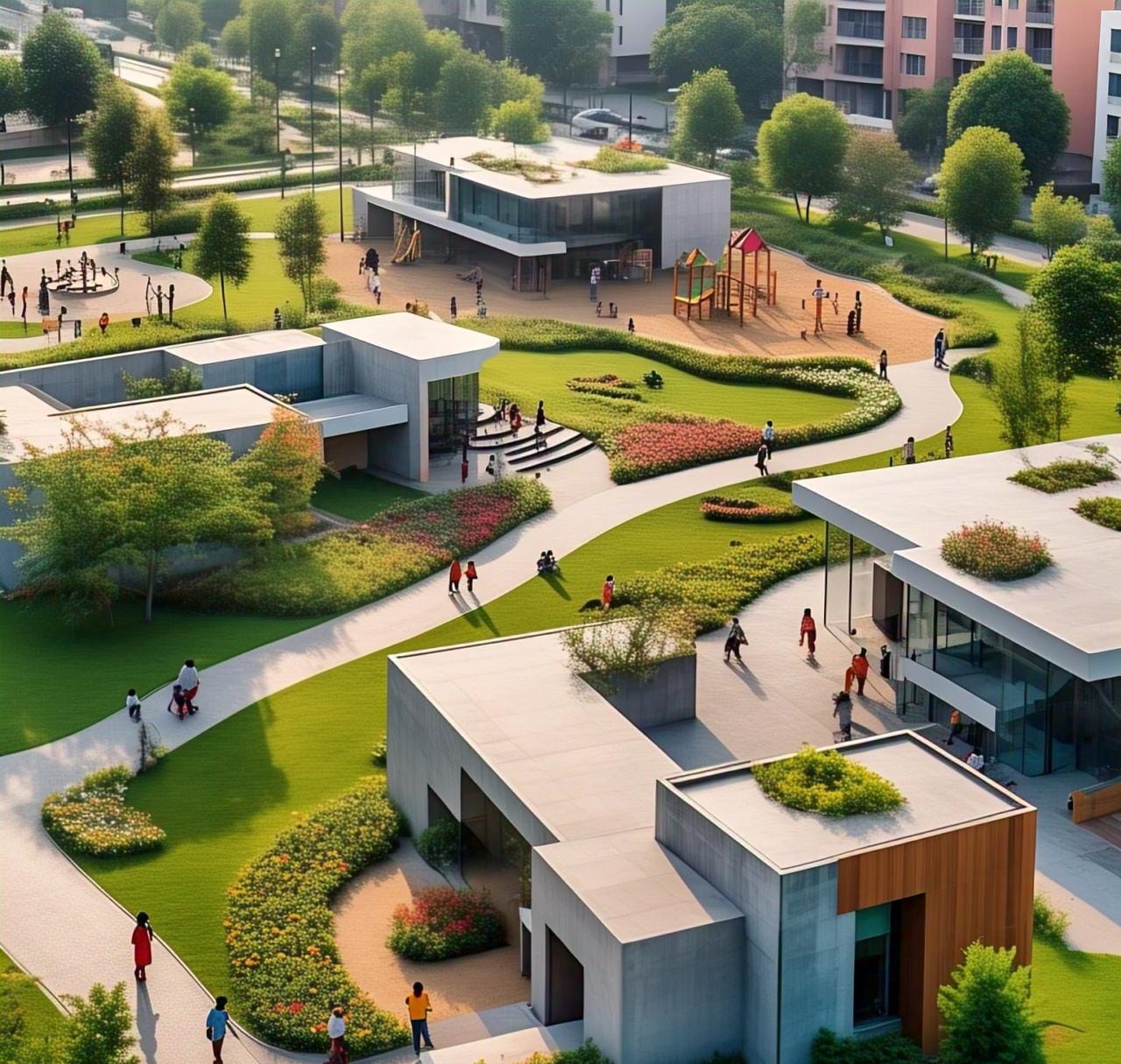Introduction: The Future of Indian Architecture
As India rapidly urbanizes, architecture plays a crucial role in shaping sustainable, efficient, and aesthetically appealing spaces. In 2025, emerging planning styles will define the future of Indian cities, ensuring balanced growth and innovation.
1. Smart City Planning for a Digital India
The Smart Cities Mission has revolutionized urban planning by integrating technology into cityscapes. Efficient transportation, digital governance and AI-driven solutions are at the forefront of smart city development.
Mixed-Use Urban Development
Integrating residential, commercial and recreational spaces fosters walkability and enhances community engagement. This approach minimizes travel time and reduces congestion, creating self-sustained urban hubs.
Green and Sustainable Architecture
Eco-friendly building materials, energy-efficient designs, and water conservation techniques are vital to reducing environmental impact. LEED-certified buildings and passive solar designs are gaining prominence.
2. Traditional Meets Modern – Vernacular Architecture Revamped
Blending traditional architectural elements with modern technology preserves cultural heritage while ensuring resilience. Using local materials and climate-responsive designs enhances sustainability.
Transit-Oriented Development (TOD)
With metro expansions and improved public transport systems, urban planning now prioritizes pedestrian-friendly, high-density developments around transit nodes.
High-Rise & Vertical Expansion
Given space constraints in cities, vertical expansion with skyscrapers and modular buildings ensures maximum land utilization and urban growth.
Conclusion: The Road Ahead for India’s Architectural Future
In 2025, India’s architectural landscape will blend sustainability, technology, and efficiency. Smart city frameworks, green buildings, and transit-oriented hubs will define future urbanization, paving the way for a thriving, sustainable India.


